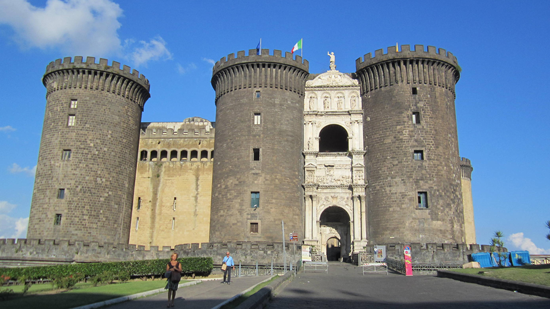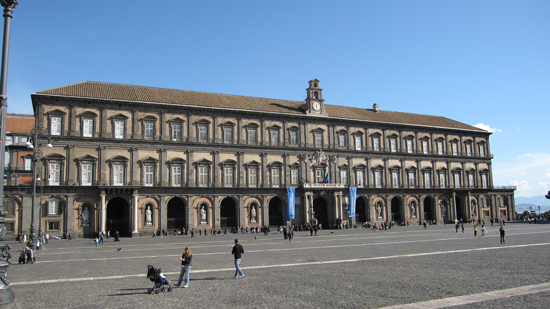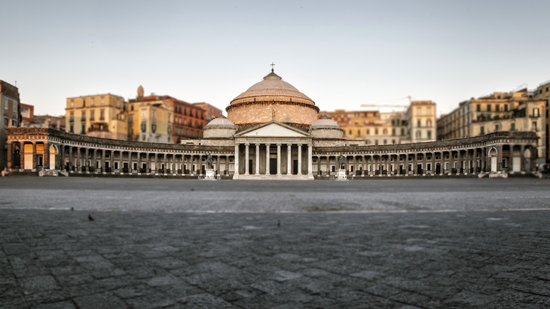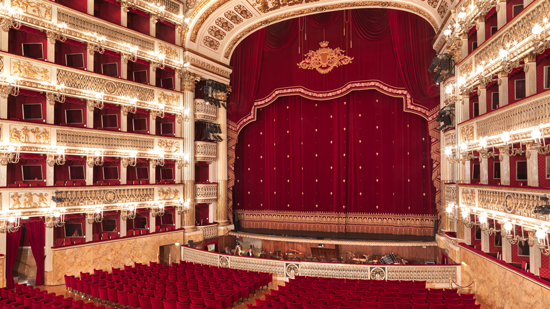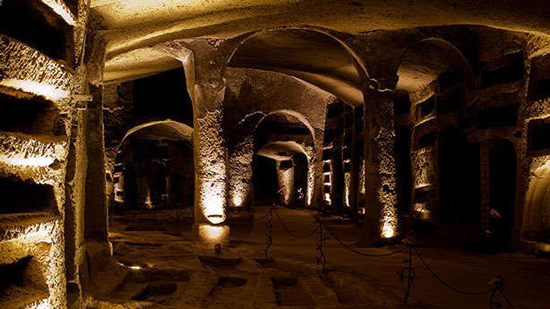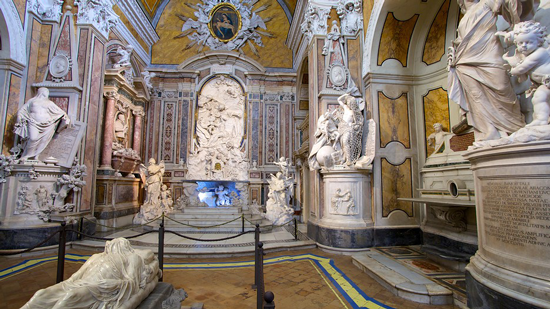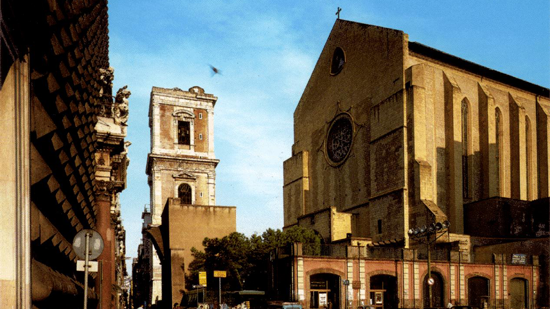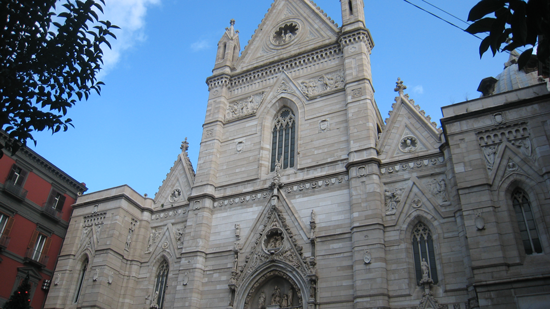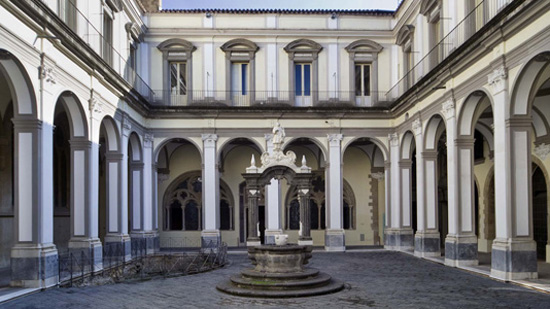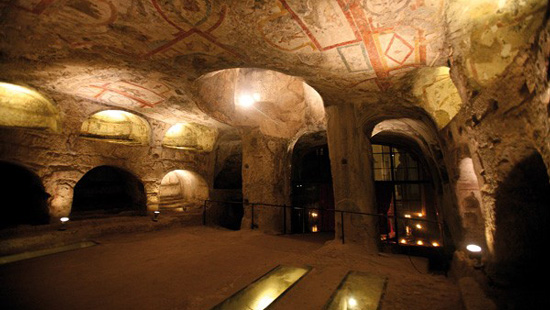It is a medieval castle located in the city center.
Its scenic location and imposing size makes the castle one of the main architectural landmarks of the city.
Built in 1279 at the behest of Charles I of Anjou, from the outset the castle was known as the “Castrum novum” (New Castle), to distinguish it from the city’s two ancient fortresses (Castel dell’Ovo and Castel Capuano).
During the reign of Robert of Anjou, the castle became a cultural center where artists, physicians and literati came to stay, including figures such as Giotto, Petrarch and Boccaccio.
